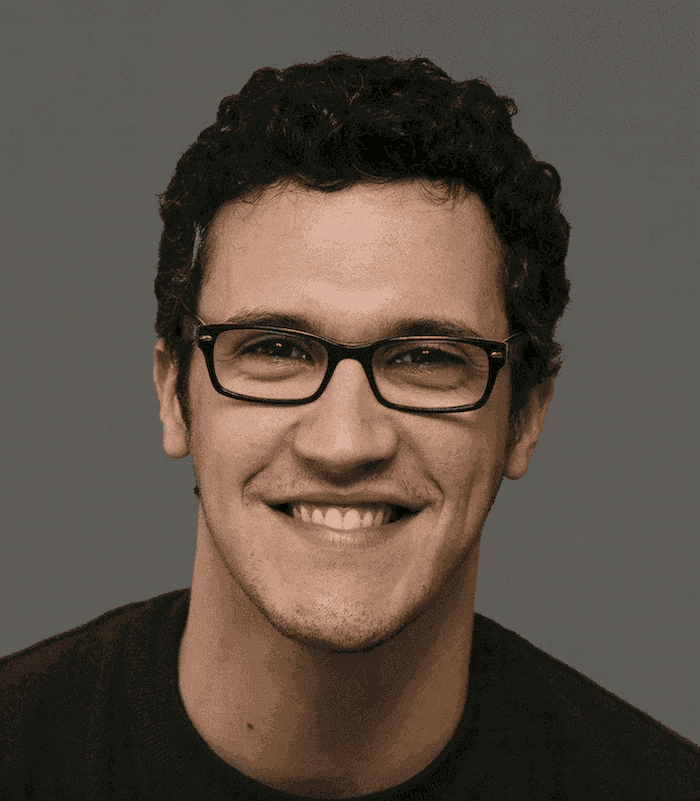When I was 17 I thought I had to choose one subject and devote my future career to a single passion. But I liked biology and chemistry, physics and mathematics, and I was not ready to give up any of those. University applications loomed, I had to decide. Bioengineering in Porto was the multidisciplinary answer - I’d bought myself more time. The ideas of modularity, fit for purpose, and optimisation underpinned the curriculum, while at the same time providing the background and the experimental space to fuel that initial curiosity that drove me into science. I became particularly drawn to molecular biology and cell signalling and fascinated by how information is processed in a cell. How are external stimuli perceived? How does that perception lead to a specific response? And what are the control structures that guarantee the response occurs just in the right measure?
That led me to start a PhD in molecular biology and plant sciences at the John Innes Centre, in Norwich. It was an incredible place to work and exposed me to a wide breadth of science. My project was dedicated to one of the ways cells use to transduce information: calcium signalling. Different stimuli cause the concentration of calcium in the cell to transiently fluctuate in what is thought to be a stimulus-specific manner. That signal is then decoded, and a specific response occurs, such as changes in gene expression. The best part – yet often the most frustrating to set up in the lab - was being able to see these signals propagate in real time in live cells. I used fluorescent proteins that act as calcium sensors and had them expressed in the workhorse of plant sciences, Arabidopsis thaliana. I then spent many hours in a darkened room looking down a microscope while stimulating plants in different ways – with cold, salt, or hormones, characterising these responses. I had a real sense of wonder in seeing these usually hidden signals.
Science is inherently tough and, during my PhD, I became increasingly aware of the importance of being methodical, careful, and thorough to guarantee reproducibility. I also strove to remove biases from my thinking and experimental design, by implementing semi-automatic image analysis protocols for example. I remember realising potential pitfalls in my design and execution, and striving to prevent them, but I still worried about the ones I could overlook. Automation of experimental set-ups, data collection, and analysis, seemed like a necessary step to decrease bias, increase reproducibility, and free up time that could otherwise be devoted to the creative process of designing better experiments and exploring new ideas. At the end of my PhD the academic curiosity was still there, alongside my interest in plants and their incredible feats, yet I felt the need to move closer to my engineering roots.
Now in a truly multidisciplinary team at Synthace, with biologists, bioinformaticians and software developers working side-by-side, I’ve been using the Synthace platform to solve these pains. It's a unique platform that makes planning and executing complex protocols simple. And because it’s digital, all steps are traceable and reproducible. With the Synthace platform, I can do more and better, and fully apply those engineering principles to the biology questions in both plant and mammalian cells.
Nuno Leitão, PhD
Dr. Nuno Leitão is a Principal Research Scientist at Synthace, where he leverages his 10 years of research experience in molecular biology, genetics, biochemistry, and DOE, to help drive product development. In his 5 years at the company, he has led and consulted on many internal projects and customer initiatives.
Other posts you might be interested in
View All PostsHow to normalize concentrations in a fraction of the time

DOE without the math: Synthace calculates stock solutions for you

Has it worked? Synthace visualizes DOE data to aid analysis

